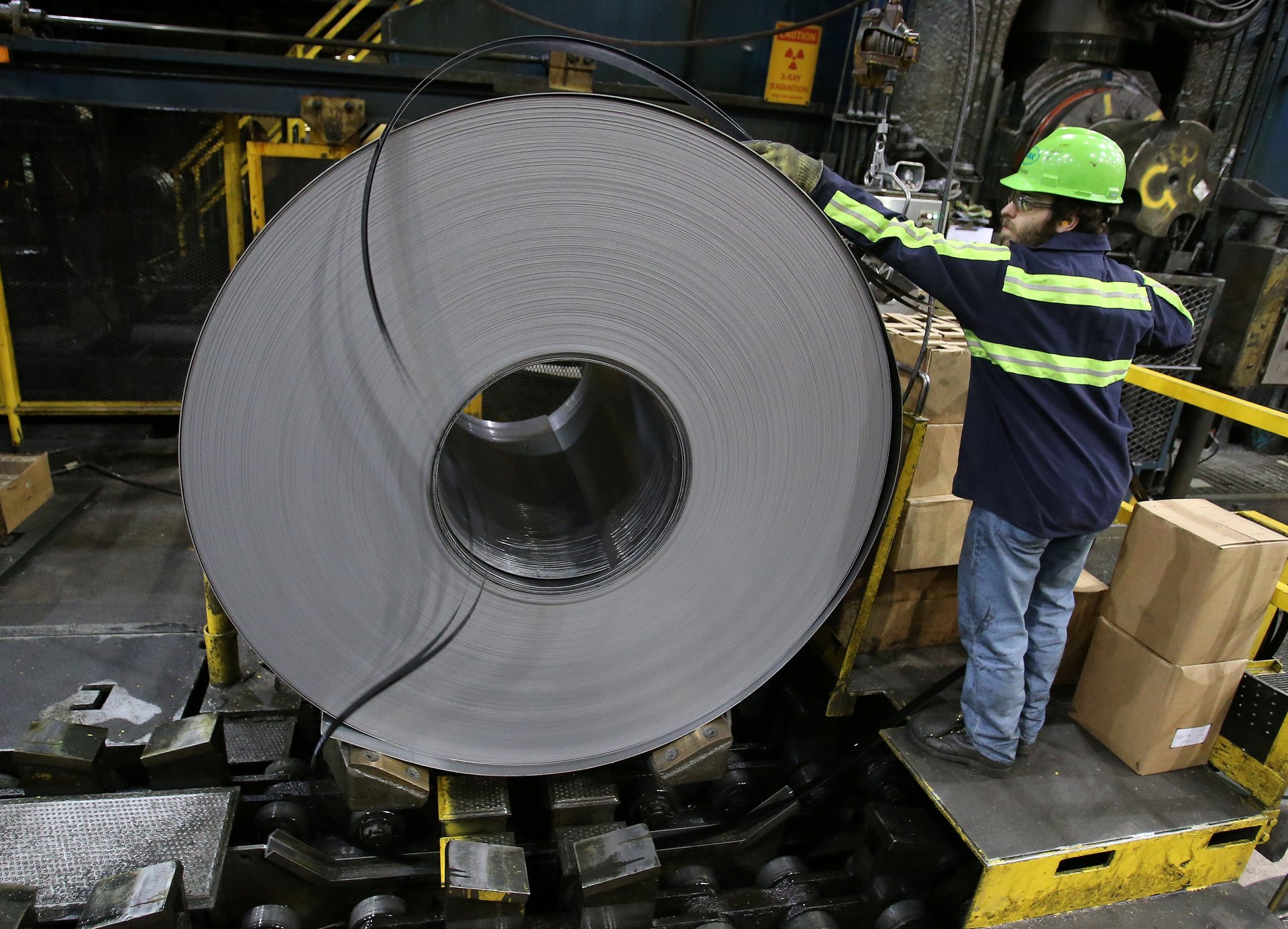AI is now writing “green” recipes for recycled steel
A US startup is pioneering the use of AI to lower carbon emissions in steel processing

Artificial intelligence (AI) has found yet another gridlock to ease—minimizing carbon emissions in the often difficult-to-decarbonize steel industry.
Suggested Reading
New York City-based manufacturing software company Fero Labs is pioneering the use of the technology to drive up efficiencies in steel recycling. Steel factories are highly resource intensive operations that often result in a lot of waste, so Fero is using AI to create “green” recipes for that process.
Related Content
Recycling steel is a strenuous and challenging task because each batch of melted scrap steel has a unique chemical composition that lowers the strength of the new steel that will be developed. For the final product to meet industry standards, factories usually add freshly mined materials to each batch to turn it into an alloy. But this process is costly and determining the quality of the final product is complex. This leads manufacturers to often add more material than required, leading to more emissions.
Fero Labs co-founder and CEO Berk Birand told Quartz that AI powers the company’s software platform to help manufacturing engineers solve this problem by building virtual replicas of their steel manufacturing processes. According to Birand, steel factories consume about 9% more in resources than they actually need, but AI can help reduce the amount of new alloys needed to because the technology reads the entire recycling process and recommends best practices.
How it works
The software recommends the amount of additional material to be added to a particular batch of molten recycled steel by learning from historical data using the Bayesian machine learning approach. The software interacts with the processes directly to identify areas of improvements, and identify, reduce, or eliminate waste in the production processes. Birand said the AI model is able to “maximize the efficiency of each batch or process with surgical precision while reducing risk of human error.”
After training with enough regular production data, the software provides real- time instructions so, according to Birand, manufacturers don’t have to compromise their profit or quality goals to progress their immediate sustainability initiatives.
Birand said the company’s machine learning model is a white box, meaning it can be accessed and examined to establish what it has learned. “Our models are tuned to identify the right recipe, heat, and operational efficiencies that will maximize yield, reduce quality variation, reduce scrap, and minimize utilities.”
How much carbon does AI help steel makers avoid?
Fero Labs’ machine learning algorithms, according to Birand, have virtually tripled the headcount of in-house expert steel engineers in the five factories that have used the software. It has also enabled them to work on more complex problems than would have been possible through traditional methods.
What used to take engineers months of dedicated work is now done in minutes. This helps to optimize performance while reducing costs and cutting emissions. “Once deployed, our plants get results 90 times faster than traditional methods,” he said. “By enabling heavy manufacturers to integrate AI, Fero Labs’ customers have uncovered over $20 million of savings, reduced more than 100,000 tons of carbon emissions, and saved a million pounds of raw materials,” he added. The steel industry is responsible for 11% of global carbon emissions.
The company says on its website its software can minimize the use of mined ingredients in steel production by up to 34%. A 2021 report (pdf) by the Global Partnership on Artificial Intelligence shows that “avoiding mining, smelting, and transporting these alloys has prevented an estimated 450,000 tons of carbon emissions per year.” If scaled to the rest of steel production in the US, the study notes, the approach could prevent 11.9 million tons of carbon emissions per year—equivalent to a quarter of New York City’s yearly emissions.
